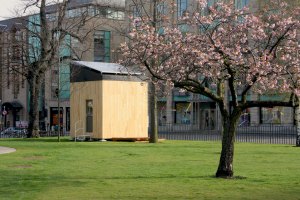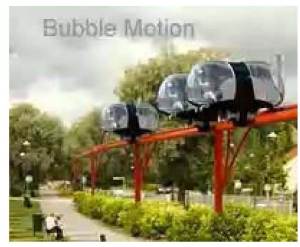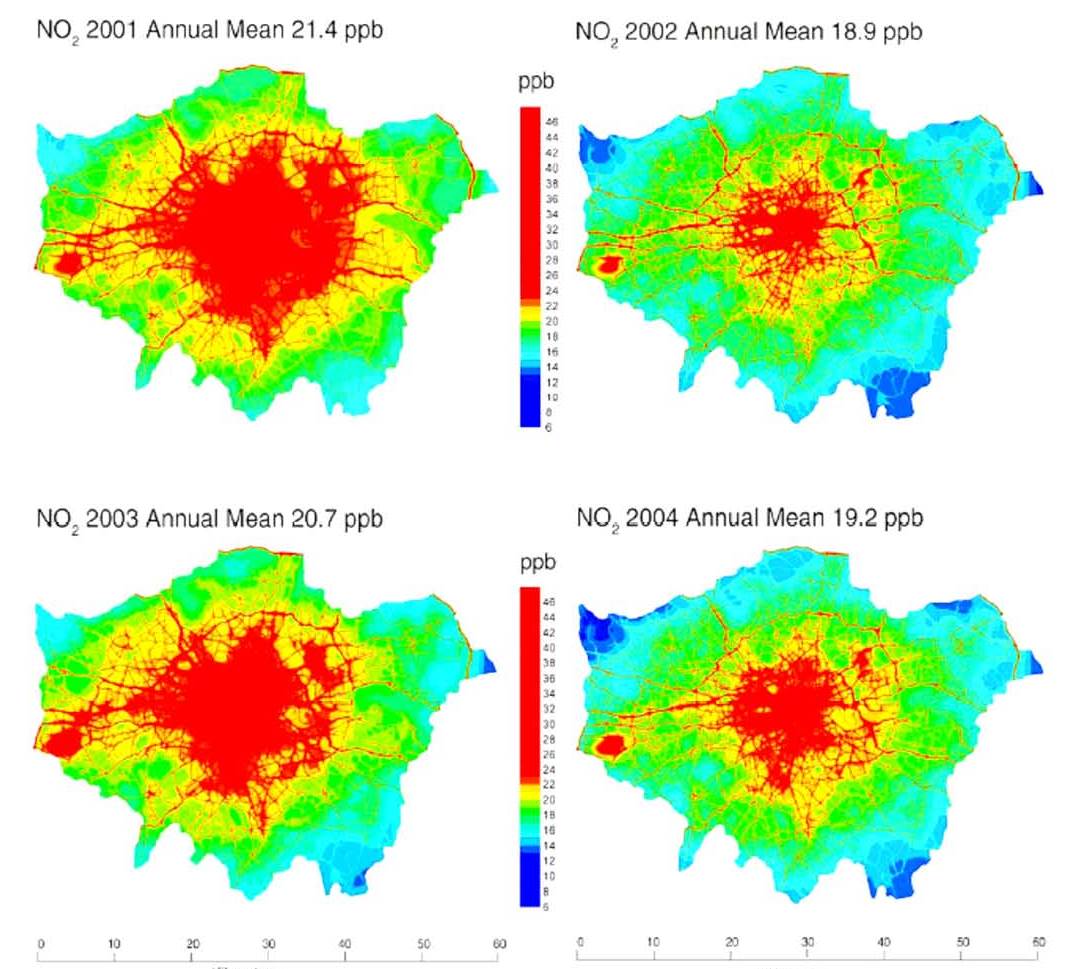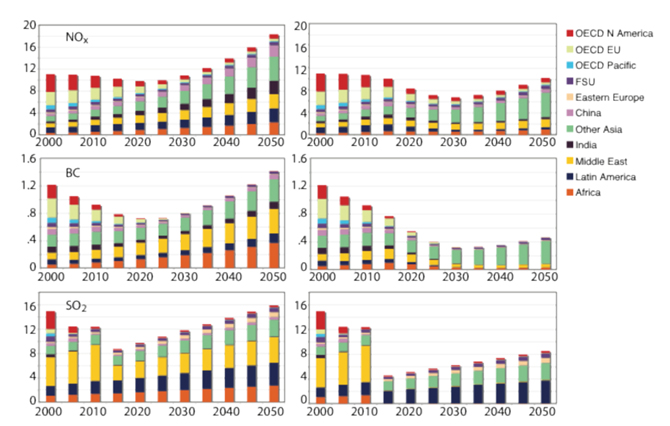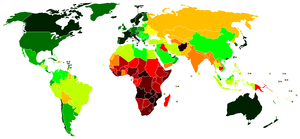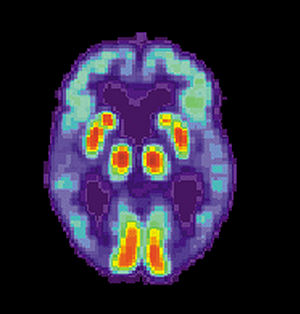Also discussed here: Txchnologist: Coast To Coast On Electric Roads Without Stopping? (All Cars Electric, May 6, 2011)
Today’s review article describes a new application of an idea developed over 100 years ago which would power vehicles as they are driven on highways. This would lighten the significant load vehicles must carry with energy stored in batteries, which in turn reduces the energy demand, fuel consumption and emissions produced along roadways. It also means that the huge infrastructure of charging stations needed to support the next generation of e-vehicles would be met through electrified roads.

Key Quotes:
“Electric vehicles, or EVs, could pick up small amounts of electricity as they drive over charging pads buried under the asphalt and connected to the electrical grid. Researchers say that a continuously available power supply would allow EVs to cut battery size as much as 80 percent, drastically reducing vehicle cost.”
“Basically you get power directly from the grid to the motors as the car moves..You can travel from the West Coast to the East Coast continuously without charging.”
“Nicola Tesla first discovered the principles of wireless charging, or inductive power transfer, in the late 19th Century. It works by creating an electromagnetic charging field that transfers energy to a receiving pad set to the same frequency”
“Manufacturers are already marketing wireless charging pads for electric vehicles – retrofitted to accept the charges – that can deliver a 5-kilowatt charge with 90 percent efficiency from a distance of about 10 inches”
“it would be possible to transfer up to 30 kW of power at an average efficiency of 80 percent on the highway. Assuming that chargers would be available at home and work..a car would only need a battery big enough to make it to the nearest interstate or major road.”
“the cost of electrified roads, pegged at $1.5 million to 2.5 million per lane mile, could be made up through charging a toll along the roadway”
“the Korea Advanced Institute of Science and Technology, in South Korea, has begun testing for electric roads to charge an electric car that runs on low speed”
Related articles
- EU encourages electric car pick up with new safety rules (money.marksandspencer.com)
- Electric vehicles 'may be costlier' (autonetinsurance.co.uk)
- Battery technology could impede electric car uptake (money.marksandspencer.com)
- Toyota and WiTricity team up to develop wireless charging (ebongeek.com)
- 12m electric vehicles set for 2030 (autonetinsurance.co.uk)
- Avalon to Host Electric Charging Station for Vehicles (gloucestercitynews.net)
- Volvo pushing for wireless electric car charging (venturebeat.com)
- Electric cars key to greener future (autonetinsurance.co.uk)
- Bill Ford: A Quarter Of All Vehicles Electrified By 2020 (cbsnetpreprod.wordpress.com)
- US to install car-charging stations in 5 cities (seattletimes.nwsource.com)



